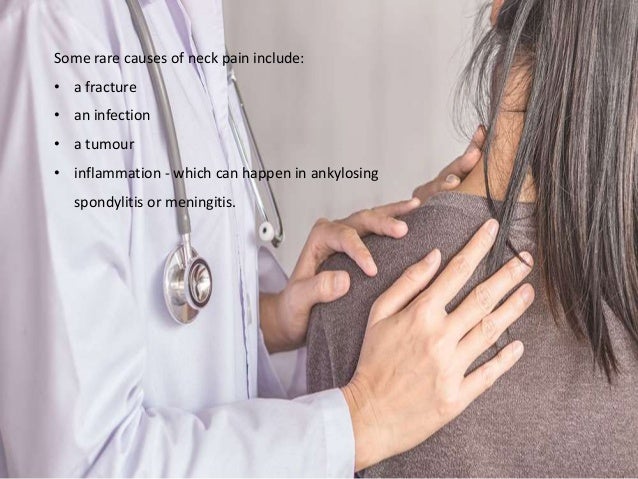Living With Lumbar Radiculopathy: A Guide
Living with lumbar radiculopathy, a condition characterized by pain radiating from the lower back down the leg, can be challenging. The symptoms of lumbar radiculopathy, often caused by nerve compression or irritation in the lower spine, can significantly impact daily life. However, with proper understanding, management, and support, individuals can navigate this condition and improve their quality of life. This article will explore lumbar radiculopathy, its causes, symptoms, treatment options, and provide valuable insights for living with this condition.
Recognizing the Symptoms: Identifying Lumbar Radiculopathy
The symptoms of lumbar radiculopathy can vary depending on the location and severity of the nerve compression. Common symptoms include sharp or shooting pain in the lower back, buttocks, or legs, numbness or tingling sensation in the affected area, muscle weakness, and difficulty with coordination. Recognizing and accurately identifying these symptoms can help individuals seek appropriate medical attention and begin the necessary treatment.
Seeking Professional Help: The Importance of Proper Diagnosis
If you suspect you may be experiencing lumbar radiculopathy, it is crucial to consult with healthcare professionals specializing in back pain and sciatica. Harvard-trained back pain and sciatica specialists are well-equipped to assess your condition, conduct a thorough examination, and order any necessary diagnostic tests, such as MRI or nerve conduction studies. A proper diagnosis is essential for designing an effective treatment plan tailored to your specific needs.
Treatment Approaches: Addressing Lumbar Radiculopathy
The treatment of lumbar radiculopathy depends on the underlying cause, severity of symptoms, and individual circumstances. Non-surgical treatment options often include medications for pain management, physical therapy exercises to improve strength and flexibility, chiropractic care, and alternative therapies such as acupuncture or yoga. In some cases, surgical intervention may be recommended to relieve nerve compression and restore normal function.
Managing Symptoms: Self-Care Strategies and Lifestyle Modifications
In addition to medical interventions, individuals with lumbar radiculopathy can adopt self-care strategies and lifestyle modifications to manage symptoms and improve overall well-being. This may include maintaining a healthy weight, practicing proper body mechanics, avoiding activities that exacerbate symptoms, incorporating low-impact exercises into daily routines, and implementing stress-reduction techniques.
Physical Therapy and Rehabilitation: Restoring Function and Mobility
Physical therapy plays a crucial role in the management of lumbar radiculopathy. A skilled physical therapist can design a customized rehabilitation program to improve strength, flexibility, and posture. They may employ techniques such as manual therapy, therapeutic exercises, and modalities like heat or cold therapy to alleviate pain and enhance functional abilities.
Surgical Intervention: When Is It Considered?
In cases where conservative treatments do not provide sufficient relief or if there is progressive neurological deficit, surgical intervention may be considered. Surgical procedures for lumbar radiculopathy aim to decompress the affected nerve root and stabilize the spine if necessary. The decision to undergo surgery should be made in consultation with a qualified spine surgeon, considering the severity of symptoms and the potential benefits and risks of the procedure.
Emotional Well-being: Coping with Lumbar Radiculopathy
Living with lumbar radiculopathy can take a toll on an individual’s emotional well-being. Coping with chronic pain, physical limitations, and potential lifestyle changes can be challenging. Seeking support from healthcare professionals, joining support groups, and practicing self-care techniques such as mindfulness, relaxation exercises, or counseling can help individuals maintain emotional resilience and improve overall quality of life.
Conclusion
Living with lumbar radiculopathy requires a comprehensive approach that includes proper diagnosis, effective treatment, and lifestyle adjustments. By understanding the causes, recognizing symptoms, seeking professional help, and exploring a range of treatment options, individuals can successfully manage their condition and improve their overall well-being. With the guidance of experienced healthcare professionals, including Harvard-trained back pain and sciatica specialists, individuals can navigate the challenges of lumbar radiculopathy and lead fulfilling lives.


